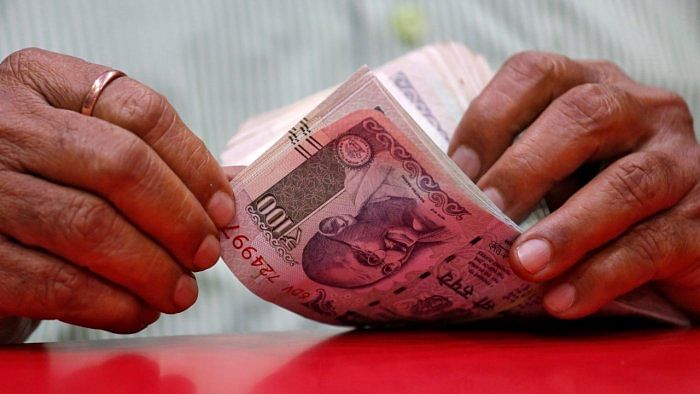
Until 2015, the state government’s financial aid to Bengaluru covered only the large infrastructure projects such as construction of flyovers, TenderSURE, Cauvery Water Supply Scheme among others.
But two years into Siddaramaiah’s tenure as chief minister saw the city receive a big bonanza. The government grants also covered works such as developing ward roads, which were usually funded by the BBMP using its own revenue sources.
The government’s allocation to Bengaluru went up dramatically, from Rs 2,300 crore in 2016-17 to Rs 6,300 crore in 2017-18.
When H D Kumaraswamy was the chief minister, the allocation increased to Rs 8,100 crore. “This resulted in MLAs taking (a) keen interest in city affairs,” a senior BBMP official said.
Such a massive influx of grants ensured that MLAs — who weren’t active in city affairs until then — took full control of the government-funded programmes. Some contractors and officials say that the MLAs do not agree to lay the foundation stone for a project if they are not kept in good humour.
An informal conversation with multiple sources revealed that many MLAs in the city have their favourite contractors.
“Earlier what the MLAs received from contractors was a nominal share. Now that many contractors are in the fray, each competes to part with a bigger pie to bag the work. Some give cash upfront. While a few MLAs are happy with such deals, many others are not,” an MLA elected from the city said.
In turn, all that the officials are expected to do is draft tender conditions in a way that kills competition. This is done by rigging conditions like financial turnover and past experience.
In many cases, the authorities already know who will emerge as the lowest bidder much before the tender documents are advertised.
An analysis conducted by Bengaluru NavaNirmana Party (BNP) found that the BBMP — over the last five years — awarded about 50% of the 28,314 works to Karnataka Rural Infrastructure Development Ltd (KRIDL) without floating tenders. The BBMP stopped allotting works to KRIDL, known for executing projects poorly, only after a High Court directive.
If a project is honestly implemented, just 67% of the overall cost of the project goes into work.
For instance, for a project that costs Rs 100 crore, about 12% goes towards GST and 1% each for workers’ cess and royalty.
An 8.6% profit and another 8.6% overhead cost of contractors is already incorporated in the schedule of rates (SR) fixed by the government for almost all goods and services. About 1% of the project cost goes towards the preparation of detailed project report and project management consultancy.
Other than these costs, a considerable percentage of the project cost goes into unaccounted factors. Multiple sources said the local MLA — if the project is funded by the government — gets 3% to 13% from the contractor.
The service provider is also expected to provide a total of 5% when the file, be it at the time of tender approval or release of payments, moves from one table to another. And those on the receiving end range from first divisional clerks to IAS officers.
The end result is that the contractor ends up executing shoddy work.
Political leadership
Some are of the view that the present situation can only change if the political leadership decides to do so. “The charges of the contractors association are quite serious. The leaders at the top should drive change. No matter what the rules are, a lot depends on how one makes the system work. Ultimately, it is human behaviour that counts,” A Ravindra, retired chief secretary, said.
He also pointed out that there is a weak vigilance mechanism in the state. “There is a need to strengthen the Lokayukta. Not much can be expected from the Anti Corruption Bureau (ACB) as it falls under the Chief Minister.”
Check out DH's latest videos: